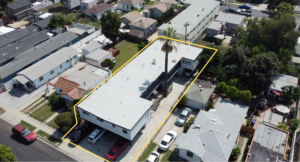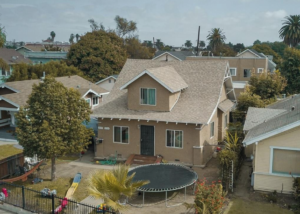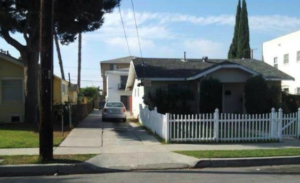Balcony Inspections in California
In 2019, California passed AB 326 and SB 721, laws were mostly overlooked until recently as the deadline for inspections approached. These laws were enacted in response to several balcony collapses, particularly the 2015 incident in Berkeley that claimed six lives. SB 721 mandates that owners of apartment buildings with three or more units have their “exterior elevated elements” inspected by January 1, 2025, while AB 326 imposes similar requirements on condominium associations.

(Berkley Balcony Collapse 2015)
Although the laws were created with safety in mind, the timing of the inspection deadline has been challenging for property owners. Over the past few years, they’ve faced a perfect storm of financial burdens, including historic interest rate hikes, soaring material and labor costs, and skyrocketing insurance premiums.
AB2579
A new bill, AB 2579, aims to offer some relief by extending the inspection deadline from January 1, 2025, to January 1, 2026. This extension has already passed both the California House and Senate with unanimous approval. Lawmakers cited pandemic-related delays and a shortage of qualified inspectors as reasons for the extension. The bill now awaits Governor Newsom’s approval, with passage likely.

For updates on the bill click here.
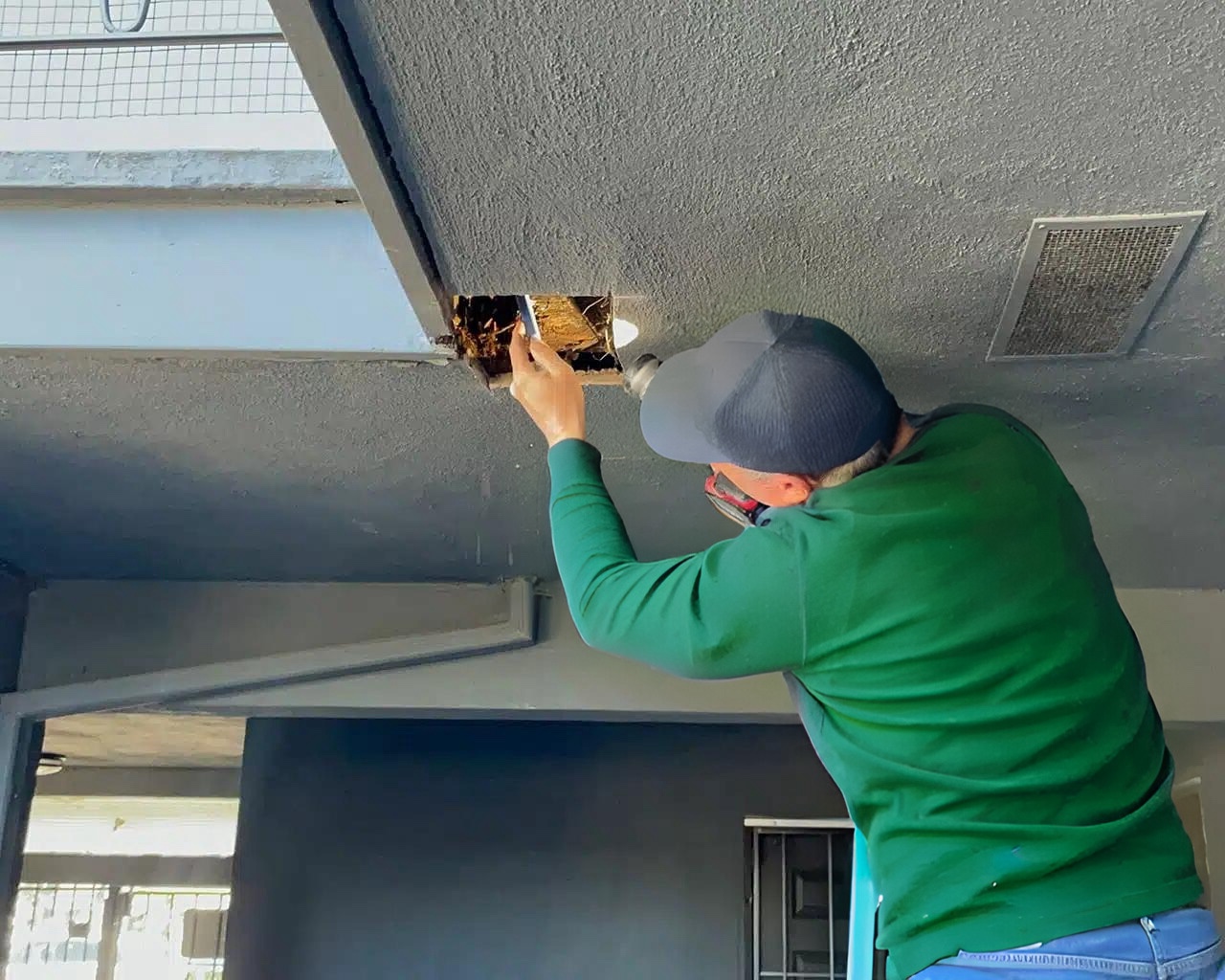
Differences Between AB 326 and SB 721:
AB 326 is similar to SB 721 but applies specifically to CIDs and HOAs, while SB 721 focuses on multifamily residential buildings, such as apartments.
- AB 326 applies to condominium and other CID structures and requires HOAs to manage the inspection and repair process.
- SB 721 applies to apartment buildings, with the responsibility placed on property owners rather than HOAs.
Key Provisions SB 721:
- Scope of the Law:
- SB 721 applies to buildings with three or more multifamily dwelling units.
- The law is specifically concerned with “exterior elevated elements” that rely on wood for their support and are more than six feet above the ground. These elements include:
- Balconies
- Decks
- Porches
- Stairways
- Walkways
- Inspection Requirements:
- Inspection Timeline:
Initial inspections must be completed by January 1, 2025, and subsequent inspections are required every six years. - Inspectors:
Inspections must be carried out by a licensed professional, such as:- Licensed general contractors
- Structural engineers
- Architects
- Certified building inspectors or other qualified professionals with relevant expertise in structural safety.
- Inspection Timeline:
- Inspection Process:
The law outlines what the inspections must include:- Visual inspections of load-bearing components, particularly looking for signs of water intrusion, decay, rust, or deterioration.
- The inspector must evaluate the condition of the wood, the waterproofing systems, and any metal components (e.g., nails, screws, brackets) used in the construction.
- Inspectors may need to conduct invasive inspections if necessary, such as removing parts of the structure to assess hidden damage.
- Documentation of Inspections:
- The inspector is required to produce a detailed report, which includes:
- The condition of each exterior elevated element.
- Any required repairs or upgrades.
- An assessment of whether the structure poses a threat to occupant safety.
- The report must be submitted to the property owner within 45 days of the inspection.
- If significant repairs are necessary, a copy of the report must be sent to the local building department.
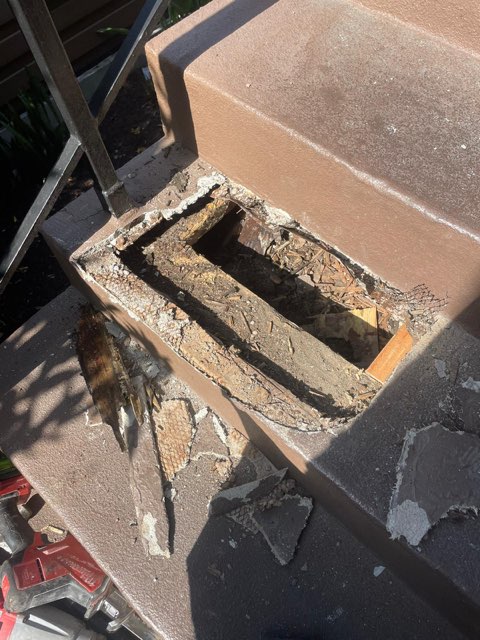
- The inspector is required to produce a detailed report, which includes:
- Repair Requirements:
- Urgent Repairs:
If the inspector determines that an exterior elevated element presents an imminent threat to safety, the property owner is required to obtain a building permit and complete the necessary repairs within 120 days. - Non-Urgent Repairs:
If the inspection identifies deficiencies that are not immediately dangerous but still require attention, the owner must complete repairs within a reasonable timeframe as determined by the inspector and local authorities. - If repairs are not made within the required timeframes, local enforcement agencies may issue fines or pursue legal action.
- Urgent Repairs:
- Enforcement:
Local building authorities are responsible for enforcing compliance with SB 721.- Property owners who fail to complete inspections or repairs on time can face civil penalties.
- Non-compliance could also result in additional inspections or enforcement actions by the local building department.
- Penalties for Non-Compliance:
- Property owners who fail to meet inspection or repair deadlines may be subject to civil penalties of up to $500 per day for each violation, starting 30 days after the owner receives notice from the local enforcement agency.
- Local building departments have the authority to initiate legal proceedings against owners who do not comply with the law.
- Liability:
SB 721 places the responsibility of compliance on the property owners. By enforcing mandatory inspections and repair timelines, the law helps limit legal exposure for owners in cases where structural failures occur, provided the inspections and repairs were carried out in accordance with the law.
Read the full bill text Here: AB 326 & SB 721
Need a referral for a balcony inspector? Reach out to us today!



